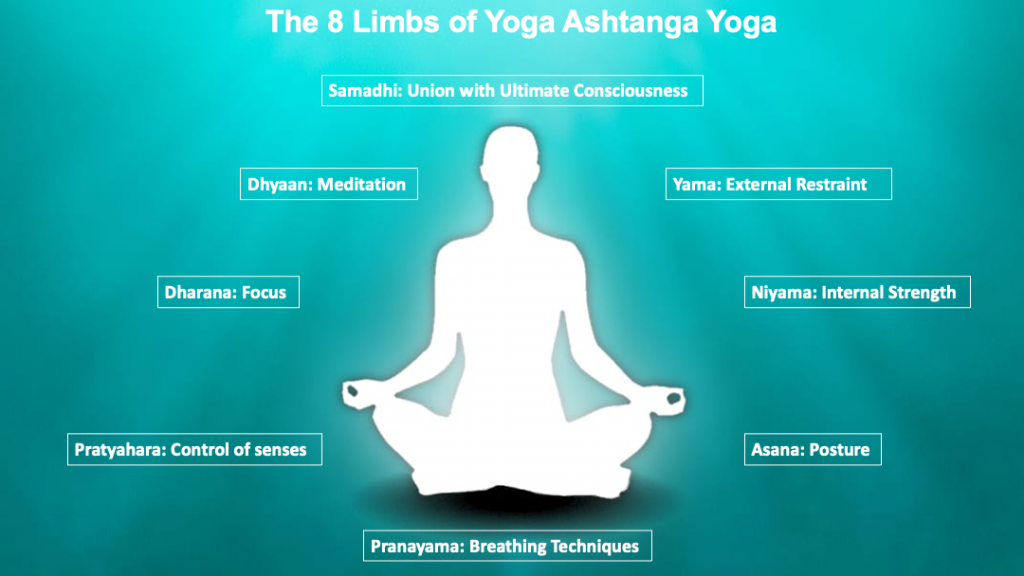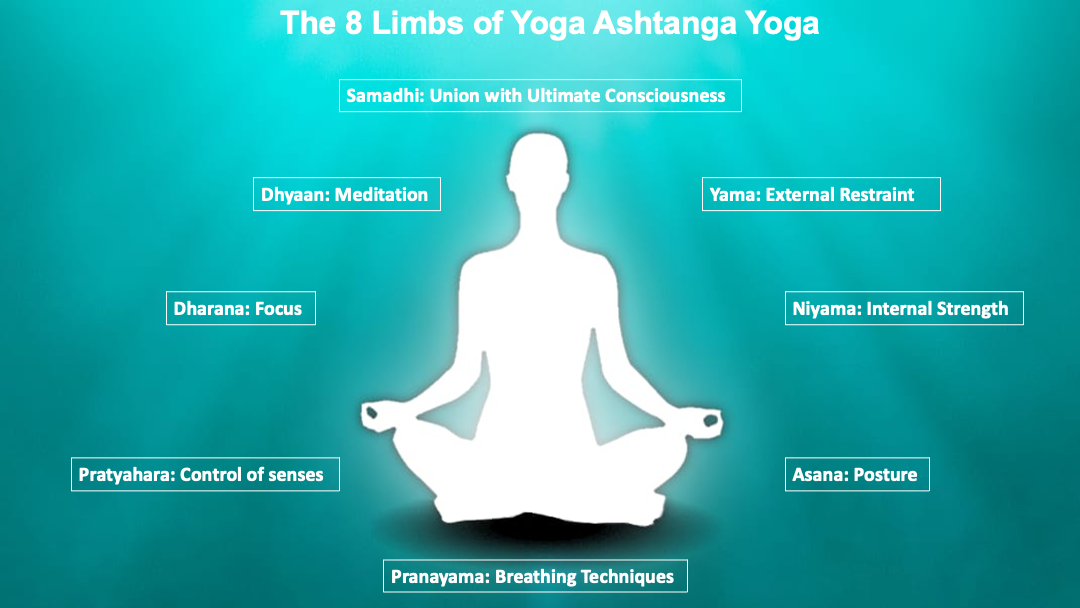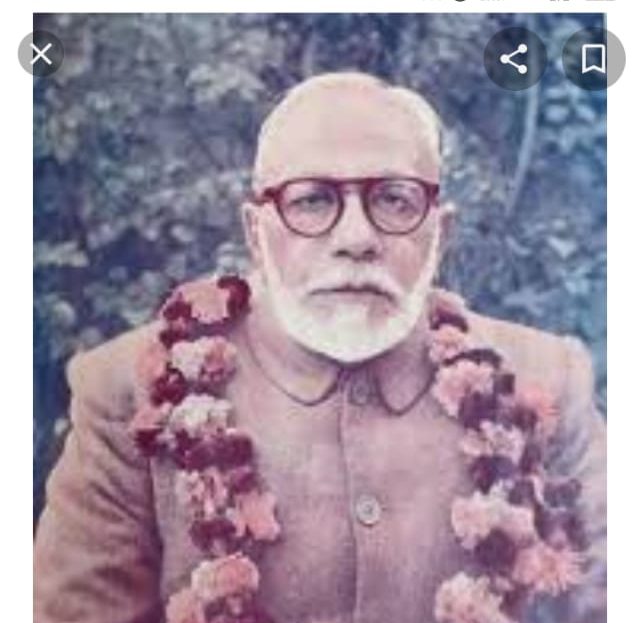Translated from ‘Hamari Yog Sadhana’ (Our Yogic Practice) written by Guru Maharaj, Dr. Chaturbhuj Sahay Ji.Hamari Yog Sadhana

The teachings of saints and sages consider concentrating the mind on one’s Guru, thinking of him as a source of energy in the form of light, the best option for Dharana. The method where one meditates on the guru thinking of them as light and energy is known as Bhringi Sadhan, which represents a fusion of the physical (saakar) God and the formless ( nirakaar) God. There is proof for this concept in the Yoga darshan of Maharishi Patanjali. He has said “veetraagvishayam va chittam,” meaning that concentrating one’s thoughts on spiritually advanced individuals who have elevated themselves above attachments and aversions is also effective for Dharana.
Dhyana and Samadhi
As one progresses, their ability to keep the mind focused on one thought ( known as dharana) steadily advances. There comes a time when all other thoughts, except the single one that the practitioner concentrates on, recede, and one seamlessly progresses from Dharana to Dhyana. The most profound state of Dhyana, where one loses awareness of self and the surroundings and where the one thought in focus also recedes, is called samadhi. The first samadhi is called the Jada Samadhi, and many other Chaitanya and more advanced samadhis will follow. Description of the more advanced samadhis will complicate this discussion. Therefore, we will leave that discussion for another time.
This Jada samadhi marks the conclusion of the Manomaya Kosh. The Upanishads refer to it as sushupti samadhi. One’s mind has completely quietened down now. As soon as the mind quietens down, the senses and the intellect follow suit. The practitioner now gains conclusive knowledge of the fundamental truth (tattvagyan) and becomes capable of intuitive perception or realization (sakshatkaar). The perfect state of a complete quiescence of the mind both marks the culmination of a successful spiritual practice (sadhan) and endows the practitioner with extraordinary powers (siddhis). What follows now is Buddhi yoga, which later became known as Jnana Yoga, the Yoga of knowledge. The practitioner now becomes entitled to the supreme knowledge (brahm gyan).
At this stage, the practitioners gain supernatural powers, as the previously dormant faculties of the mind are now fully activated and functional. With the rise of these magical powers, the practitioners find themselves in a position to perform extraordinary feats. The complete knowledge relating to the earth, the universe, their own limitless capabilities, etc, are now at their command. However, Maharishi Patanjali cautions that the practitioners who utilize these special powers to perform magical worldly feats stray away from their ultimate goal of union with the higher power. After they had successfully managed to liberate themselves from the more apparent illusions of the world, they end up getting trapped in this more subtle form of illusion, which leads to their downfall. Therefore, it is best for practitioners to divert their attention away from these special powers and refrain from utilizing them for anything related to this world. The quote “Te samadhabupasarga vyathane siddhaya” means: “These special powers are obstacles in our quest for a complete Union or Yoga.” Realization of the goal of the spiritual pursuit is impossible for the one who falls for this distraction.
This completes my description of the history of the Yoga philosophy from its inception.



